The new power nap: drink coffee then sleep for 30 minutes
Tired all the time? There’s a new twist on the power snooze that might sort your sleep. They’re calling it the ‘queen of naps’.
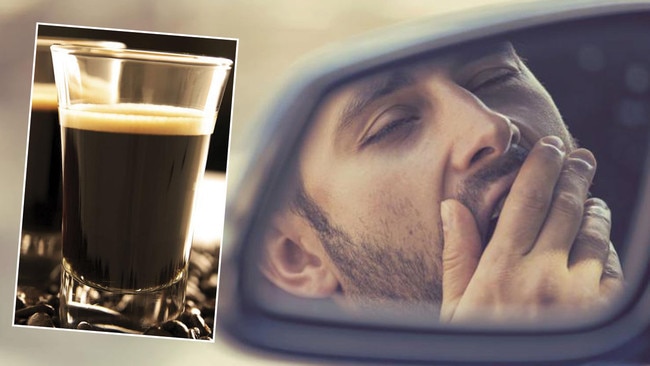
Most of us are constantly playing catch-up with our sleep. A YouGov survey conducted in December involving 1684 British adults revealed that 13 per cent of us exist in a state of constant exhaustion and another 25 per cent feel weary most of the time.
Half of those surveyed said they would prefer an extra hour of sleep to being given $AU 37 in cash.
If you know how they feel, you may be a candidate for what Brice Faraut, a French neuroscientist who researches the effects of restricting sleep at the Hotel-Dieu Hospital in Paris, describes as the ultimate tonic for the sleep-deprived. He says we should all consider taking what he calls “the queen of naps”.
At a time when the nation is being instructed to head back to the office, being advised to take regal power naps may seem ill-timed, but, Faraut insists, “Big companies are open to the idea because it boosts creativity and productivity when staff are alert for an afternoon’s work. With such vast insomniac populations, napping is becoming more culturally acceptable.”
Nevertheless, while the side effects of sleep debt — ranging from fatigue, mood swings and anxiety to the long-term raised risks of hypertension, obesity, heart disease and type 2 diabetes — are well documented, this remedy for sleep loss is often overlooked, Faraut says. Hence his new book, Saved by the Siesta, in which he outlines its benefits.
“An enormous number of studies, including some by myself and my colleagues, have shown that daily napping is a highly effective, all-purpose remedy for sleep deficit. There is scientific evidence that the practice cannot only cure extreme fatigue, but combat drowsiness, pain, immunological fragility, stress, hypertension, obesity and cardiovascular disease.”
Not all naps are equal
A siesta is always worthwhile, he says, but not all naps are equally revitalising. The sweet spot for Faraut’s queen of naps is a duration of 20 to 30 minutes. “The restorative properties of a siesta are determined by the sleep stages you enter when you do it. In a five or ten-minute nap you are mostly in light slow-wave sleep, whereas deep slow-wave sleep, the most restorative type, sets in after about 20 minutes.”
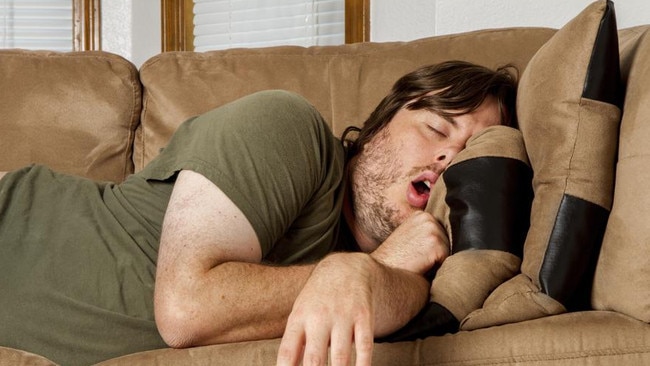
You will only hit REM (rapid eye movement) sleep if you nap for an hour or longer, which carries the disadvantage of leaving you tired when you wake up. “Napping is something you can learn and practise to get it right for you, and there are lots of tricks you can use to make sure you reduce these stress levels at the moment you need to fall asleep for a nap.”
As you might expect, Faraut is a competent napper who tailors his siesta to his daily requirements. “I’ve got very young children who wake me up at irregular times, and if I have meetings I really need to catch up on that lost sleep. I schedule in a 25-minute post-lunch nap, I close the door to my office and I sleep. It’s restorative and it’s wonderful.”
How do you know if you need to nap?
If you feel tired when you wake up and generally knackered all the time you are sleep-deprived. “Even an hour of sleep deprivation calls for a nap to catch up,” Faraut says. Knowing precisely when you need to nod off requires listening to your body’s signals — don’t fight against it. “Anxiety is the biggest enemy of falling asleep,” he says. “The longer you ignore these signals the harder it will be to drop off.”
Find a quiet place that is preferably dark but at least without artificial lighting and too much noise, focus on deep breathing and allow yourself to relax. “It gets easier to nap the more napping you do,” says Faraut.
When is the best time?
Physiologically the best time to take a nap is early afternoon, but this is not just down to a post-lunch slump. “Digestion of a meal does take some energy, but the reasons we respond best to napping between about noon and 4pm are more subtle,” Faraut says. Approximately seven hours after we wake up is the time when homeostatic sleep pressure peaks and the body’s stress systems, primed to be highly active in the morning, are prone to a lull. “By early afternoon there is a small drop in hormone levels such as cortisol that keep us energised and driven and a corresponding drop in body temperature,” Faraut says. “It’s the body’s way of telling us to succumb to the urge to doze if we need to.”
Listen to your body clock
More precise optimal timings are determined by your unique internal body clock. If you are what Faraut calls a morning chronotype — ie an early bird, waking at 6am or earlier – your ideal napping time is likely to be closer to noon, whereas evening chronotypes — night owls — might naturally want to nap around 3pm. How you sleep, and the effects of napping, are also influenced by your own circadian rhythm. “For early risers taking a 30-minute early afternoon nap, there will generally be more deep, slow-wave sleep than REM sleep,” Faraut says. “But it is likely the other way round for night owls.” Both are therapeutic in their own way.
Nap in a reclined position
Lying down is the best position for napping, but if you don’t have access to a sofa or bed (which may be tricky in the office), then at least assume a semi-reclined position before a midday snooze. “When you sit bolt upright there is a degree of muscle tension that makes it trickier to fall asleep,” Faraut says.
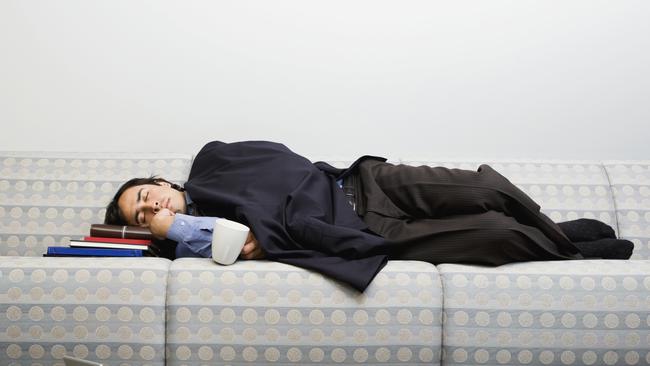
“This is particularly true if your head and neck are unsupported, so even if you can’t lie down, make sure there is support for your head by using something like a neck cushion.”
He suggests napping in an armchair or reclining office chair, tilting the back rest to at least 40 degrees. There are other reasons why a reclined napping position is more effective. “All of our body’s stress systems are primed to be on alert and to scan the environment for danger and risk when we are sitting or standing upright. Once we are lying this scanning for risk reduces and we are less likely to be woken by environmental noises and disturbances.”
How long should you nap for?
“A power nap of ten minutes is usually enough to offset the effects of one hour too little sleep at night and is perfect preparation for afternoon meetings,” Faraut says. “The advantages are that it won’t result in post-sleep grogginess, although neither does it last long enough to produce restorative deep, slow-wave sleep.”
If you can allocate 20 to 30 minutes for napping – the ideal duration – you will probably have some slow-wave deep sleep (and consequently some sleep inertia immediately afterwards). You’ll need an alarm to make sure you get precisely the right amount of napping, but don’t forget to factor in time for “sleep onset latency” or the time it takes you to nod off.
“You can’t wave a magic wand to get you to sleep as soon as you are on your lunch hour,” Faraut says. “To take a 20 to 30-minute nap you will need to allow 30 to 40 minutes in total so that you have sufficient time to prepare and recover from your brief sleep.” The full effects of a 20 to 30-minute nap will take a further 20 minutes to kick in, but expect a sharp boost in alertness for the next two hours, reduced stress levels and improved mood.
Don’t go for too long
An hour-long mid-afternoon nap can be useful for those who need to work at night and are chronically tired. “A 60-minute nap will repay sleep debt faster if needed and is great preparation for a night shift as it revives cognitive performance for at least five hours,” Faraut says. “But there is a throwback in terms of having to overcome more grogginess.”
While you might need an occasional 90-minute nap, it is likely to be too long if done regularly. “It corresponds to a complete sleep cycle and, while you might sometimes need that to catch up, such a long nap can conflict with your sleep-wake rhythms, meaning you might not sleep as well at night.”
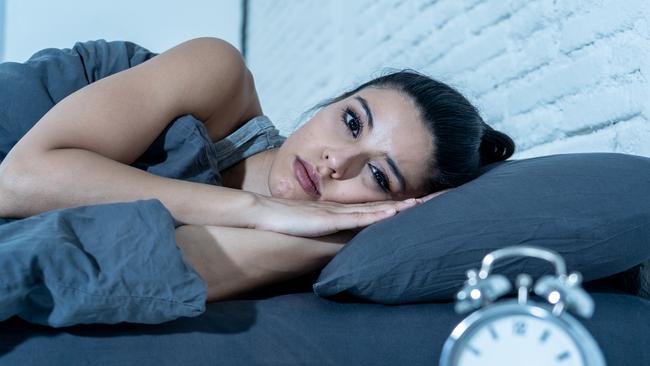
Don’t leave it too late
Early afternoon is prime-time for napping with about 3pm to 4pm the latest you should think about starting to nap. After 5pm napping could backfire, he says. “A nap of more than 20 minutes in the early evening could make it more difficult to fall asleep at night.” As a rule of thumb he recommends an interval of at least six hours between napping and bedtime. “If you go to bed at 11pm you really need to have recovered from your nap by 5pm at the latest.”
Have an espresso before you nod off
It’s counterintuitive, but taking a cup of coffee immediately before a 20 to 30-minute nap will help you to overcome grogginess when you wake up. “Caffeine takes about 20 minutes to kick in and stimulate the brain, which means that you will still fall asleep, but after a 20 to 30-minute nap the caffeine will help you wake up more alert for four to six hours afterwards,” Faraut says. “It’s a favourite trick of regular nappers.”
There’s plenty of evidence that the “caffeine nap” can work. A Japanese study showed that people who had a coffee before their nap performed significantly better in a series of memory tests than people who just napped. And researchers at Loughborough University reported that tired participants made fewer errors in a driving simulator after they took a 15-minute caffeine nap than when they were given only coffee or only took a nap.
(Saved by the Siesta: Fight Tiredness and Boost Your Health by Unlocking the Science of Napping by Brice Faraut is published by Scribe Publications)
The Times


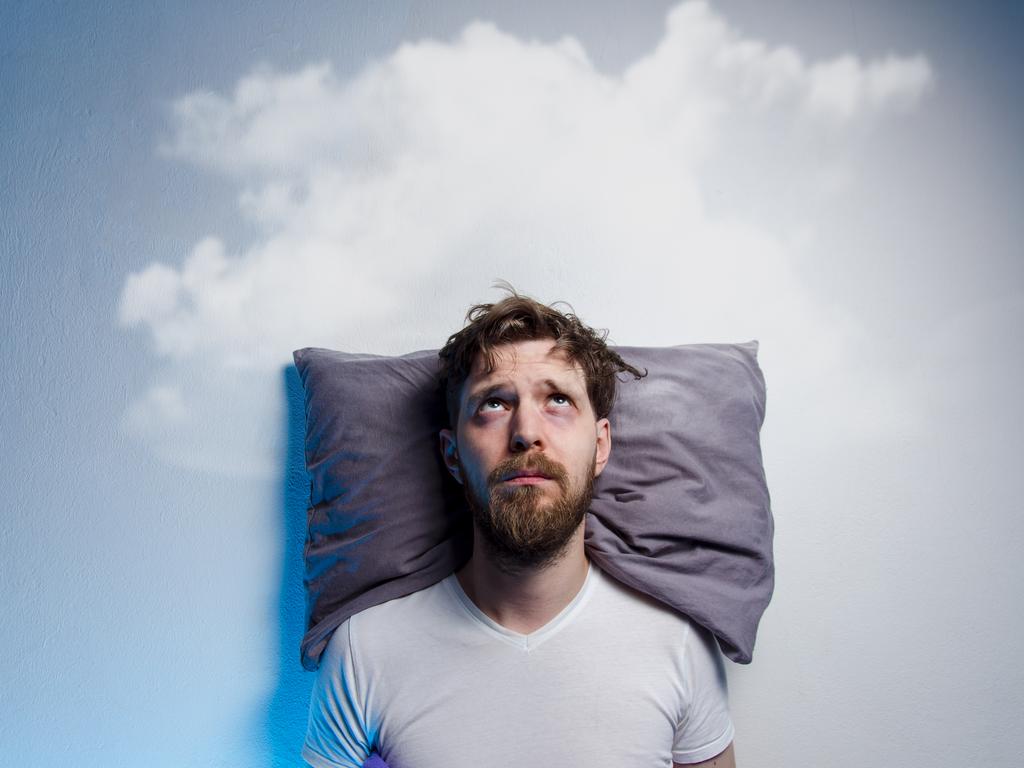
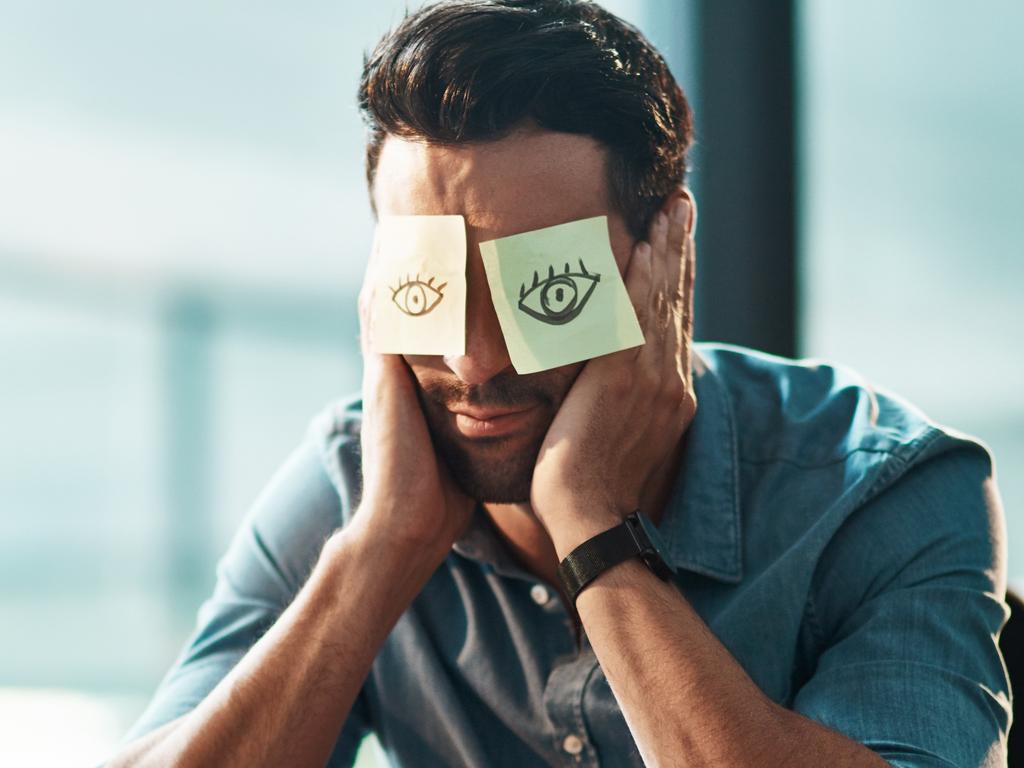
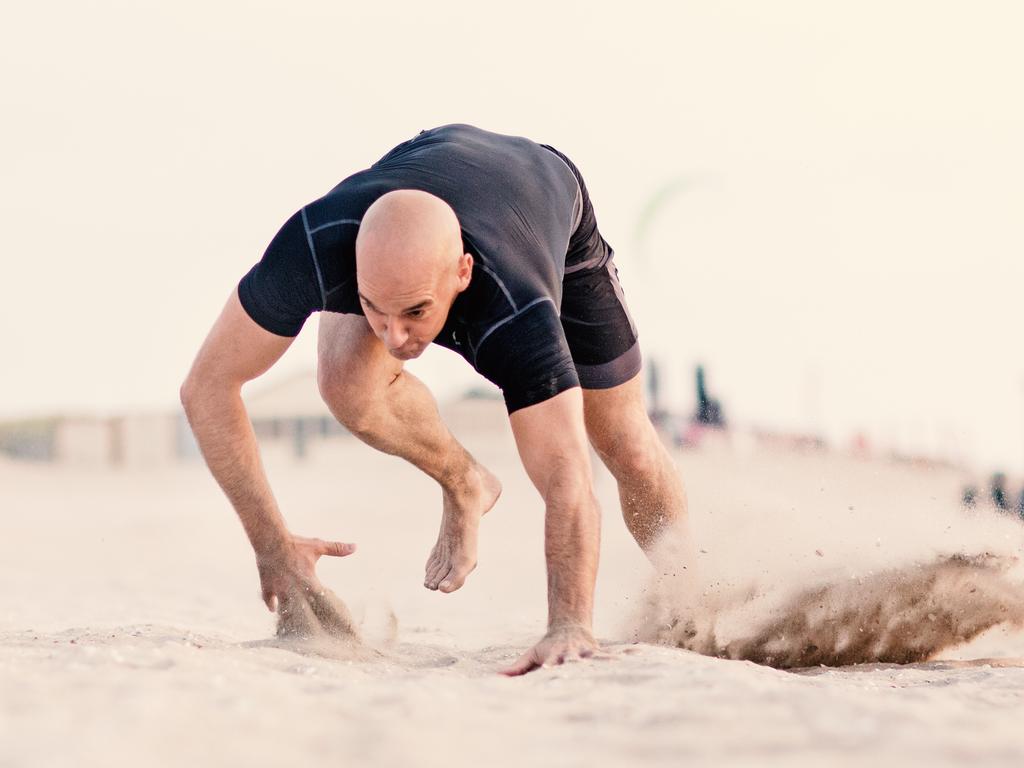


To join the conversation, please log in. Don't have an account? Register
Join the conversation, you are commenting as Logout